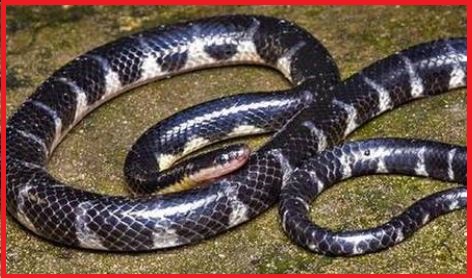Updated By: LatestGKGS Desk
Biology: Cell Membrane structure and its function

Biology: Cell Membrane structure, discovery, types, lipids, and its function
The detailed structure of the membrane was studied only after the arrival of the electron microscope in the 1950s. Meanwhile, chemical studies on the cell membrane, especially in human red blood cells, enable the scientist to reduce the possible structure of the plasma membrane.
These studies show that the cell membrane is made of lipids that are arranged in the bilayer. L Also, lipids are arranged with the polar head on the outer side and hydrophobic tails towards the inner part of the membrane.
This ensures that the nonpolar tail of saturated hydrocarbons is protected from the aqueous environment. The lipid component of the membrane consists mainly of phosphoglycerides.
Later, biochemical investigation clearly revealed that there is also protein and carbohydrate in the cell membrane. The ration of proteins and lipids varies greatly in different cell types.
In humans, the erythrocyte membrane contains about 52 percent of the protein and 40% lipids. Depending on the ease of extraction, membrane proteins can be classified as integral or peripheral. Peripheral proteins lie on the surface of the membrane whereas the integral proteins are partially or totally buried in the membrane.


